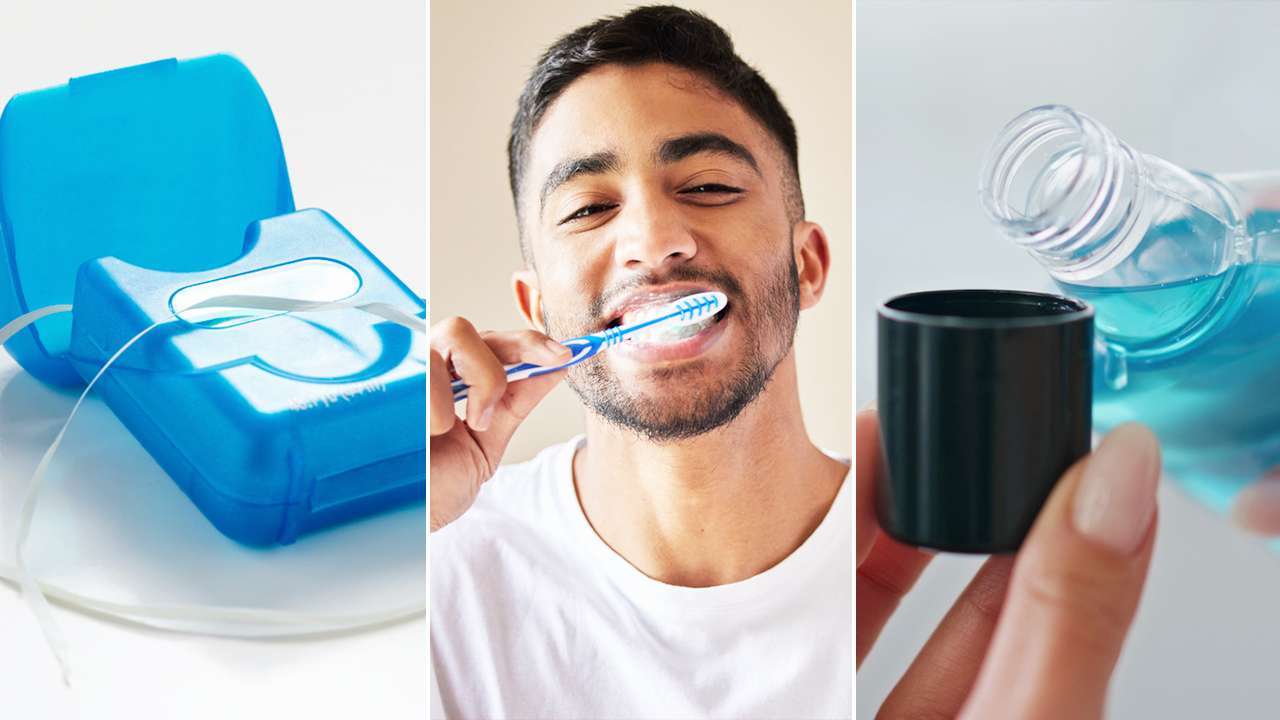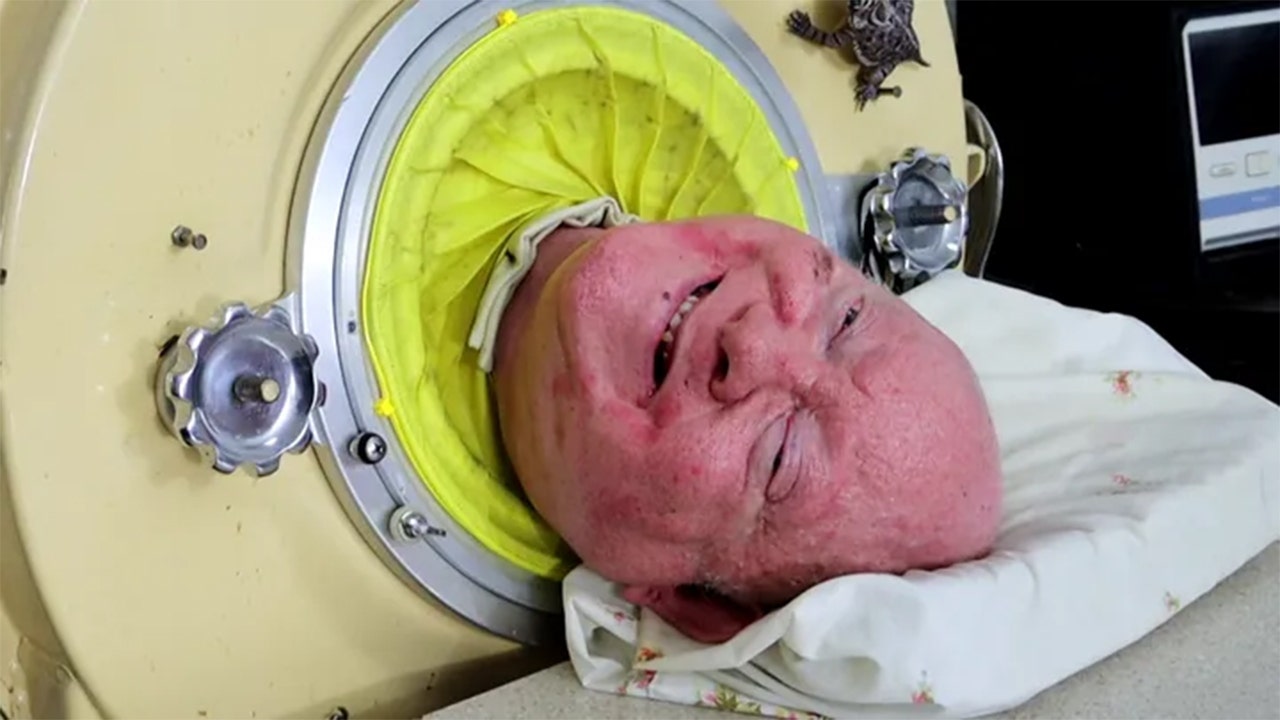When Joel Bervell thought about professionalism as an undergrad, he thought of “Grey’s Anatomy.” Specifically, he thought about how residents on the show were expected to be, although often were not: on time, prepared for their cases and respectful to everyone around them.
“That was the only standard that I had of what it meant to be a doctor — especially someone like me, who doesn’t come from a family of doctors,” said Mr. Bervell, 28, a fourth-year medical student at Washington State University. Mr. Bervell, who is Ghanian American, is one of the first Black medical students at the medical college, which opened in 2017.
From the moment students set foot in medical school, they are instilled with the concept of medical professionalism: their sacred responsibility to conduct themselves with the values of a profession that is granted automatic trust in society. “It is the first thing they tell you: You are now literally a medical professional,” Mr. Bervell said.
The same metric can be used to determine whether or not a med student becomes a doctor at all.
Starting in their third year, Mr. Bervell learned, he and his classmates would be regularly assessed on their professional behavior, along with other attributes like communication skills. Faculty, staff and other students could also report specific concerns about an individual’s professionalism, resulting in write-ups the contents of which could become attached to their permanent records, following them like scarlet letters.
The problem, as many medical students have also learned, is that where “professional” is vague, “unprofessional” is even more so. Depending on who makes the call, unprofessional behavior can mean hugging your program director, letting a bra strap show, wearing braids, donning a swimsuit over the weekend or wearing a “Black Lives Matter” sweatshirt in the E.R.
As a result, professionalism exists at two levels, as both a lofty standard of behavior and a (sometimes literal) list of dos and don’ts that blur ethics and appearance. That second meaning can prove particularly pernicious to residents of color, said Dr. Adaira Landry, an adviser at Harvard Medical School and co-author on a recent journal article on the “overpolicing” of Black residents.
The article, published in The New England Journal of Medicine, adds to growing literature documenting the ways residents of color are disciplined or pushed out of medicine. In 2015-16, 20 percent of trainees dismissed from their residency were Black, although Black students make up only 5 percent of residents, according to unpublished data from the Accreditation Council for Graduate Medical Education, or A.C.G.M.E.
For students who did not grow up in the culture of medicine or do not resemble an outdated notion of what a doctor should look like (white, male, elite), these opaque rules can present a minefield. “The environment is so restrictive of what is allowed that when you behave or look or speak differently, it feels like it’s unprofessional,” Dr. Landry said.
Among minority students with whom Dr. Landry works and who are facing probation or dismissal, she has seen a common thread. “I have never had a student reach out to me that they’re being kicked out because of an academic grade,” she said. “The overwhelming theme is that it’s interpersonal conflicts, labeled as professionalism challenges.”
From ethics code to dress code
The lofty ideals that Mr. Bervell encountered on his first day are more in line with how professionalism was originally conceived, said Dr. David C. Leach, who served as executive director of the A.C.G.M.E. from 1997 to 2007.
At the time, medicine was at a crossroads. Giant companies were snapping up individual practices and turning them into for-profit enterprises. Doctors saw their time with patients dwindle, and patients saw their quality of care decline.
“There was a rising public perception that doctors were just like everyone else: They’re just looking to make a buck,” said Dr. Matthew Wynia, a medical ethicist studying the ethics of managed care during this period. “The fear was that our sense of professionalism was being lost.”
In response, the council set out to define a set of general competencies: measurable outcomes that a resident needed to demonstrate before moving forward in the journey to becoming a physician.
Of the six competencies the council ultimately established, professionalism came closest to the heart of what it meant to be a doctor. “It is a set of promises about the trustworthiness of both the profession as a whole and the individuals practicing in it,” Dr. Leach wrote in 2014. Many believed that professionalism was key to helping medicine re-establish its values as an ethics-based altruistic profession — one committed to patients, not the bottom line.
Professionalism was also the vaguest competency on the list. The 1999 definition characterized professionalism as “a commitment to carrying out professional responsibilities, adherence to ethical principles and sensitivity to a diverse patient population.” Doctors were also expected to demonstrate an array of attributes in every interaction, including compassion, respect, humility, integrity, accountability.
Residency directors complained that, compared to things like patient care and medical knowledge, professionalism was squishy and difficult to measure. The concerns boiled down to, “I’m a really busy program director, so what the hell am I supposed to do?” recalled Dr. Leach.
The vagueness problem never went away, said Dr. Deborah Powell, a former executive dean at the University of Kansas School of Medicine, who was on the A.C.G.M.E. board at the time. In the 2000s, conversations about what constituted professionalism often devolved to focus on how doctors should dress. “You shouldn’t have beards, you shouldn’t have long hair, women should wear skirts,” Dr. Powell said. “It was crazy. We went overboard.”
Those conversations are still happening today. Dr. Londyn Robinson, now a resident at Duke University, learned the second definition of professionalism in 2020. While looking for tips on applying to residencies, she stumbled across an article in the journal Vascular Surgery titled “Prevalence of Unprofessional Social Media Content Among Young Vascular Surgeons.”
The authors had trawled the social media accounts of 500 surgery trainees and rated them for professionalism without their knowledge. By the authors’ definition, potentially unprofessional content included photos of residents holding alcoholic drinks, wearing Halloween costumes or “provocative posing in bikinis/swimwear.”
To Dr. Robinson, who is the first in her family to earn an M.D., the paper revealed that, for some, professionalism had been reduced to superficial attributes rather than to ethical behavior with patients. “Basically, they said the quiet part out loud,” she said.
A new ideal
As Dr. Robinson learned, professionalism now radiates beyond the clinic or classroom. Mr. Bervell’s instructors had cautioned him about the consequences of social media: Because medical students represented the profession at all times, they said, being a professional meant thinking twice before talking online about politics or hot-button issues like abortion.
Mr. Bervell didn’t exactly heed that warning. During the Covid-19 pandemic, he began making TikTok videos pointing out racial bias in medical tools like the pulse oximeter and lung function tests. (Both are less accurate for non-white patients, studies have found), earning him the moniker of “medical mythbuster.” His videos have been added to medical school syllabuses, drawn praise from the American Medical Association and earned him a seat on the White House’s Healthcare Leaders in Social Media Roundtable.
By the standards of his own school, Mr. Bervell said, his social media activism could be seen as unprofessional. But, he added, he saw challenging health care’s gaping racial disparities is part of his role in changing medicine — and, maybe, giving doctors something better than “Grey’s Anatomy” as a model for how to be a professional.
The vagueness of professionalism can pose a challenge not only for students of color but for anyone who falls outside the historical stereotype of a doctor. Dr. Robinson noted that the people being judged for their swimwear in the Vascular Surgery paper were more often women than men.
In 2020, incensed by the paper, she posted a photo of herself in a bikini top and shorts on X, formerly known as Twitter, with the hashtag #MedBikini. “I’ll say it: I wear bikinis. I am going to be a doctor,” Dr. Robinson wrote. By the next day, her post had gone viral, and the paper was formally retracted.
In an apology, the editors of the journal acknowledged that “professionalism has historically been defined by and for white, heterosexual men and does not always speak to the diversity of our work force or our patients.”
As the face of medicine changes and platforms like TikTok and Twitter transform the way that medical knowledge is shared, the original architects of professionalism still believe that the core tenets of the term will remain central to medicine
For Dr. Leach, the definition is simple. “Are you discerning and telling the truth? Are you putting the patient’s interests ahead of your own? And are you developing practical wisdom that can incorporate the best science with the particulars of this particular patient to come up with a creative clinical decision?” he said. “If you’re doing those three things, then you’re professional.”
He added: “And a dress code is so far and away from those three things.”






